Have you ever come across something so awesome on your Instagram feed that you can’t stop thinking about it until you finally cave and go buy one for yourself?
Don’t worry. It happens to the best of us.
Maybe an account related to one of your hobbies was the inspiration—a hiking aficionado talking about the awesome Klean Kanteen they just got, or a home baker sharing drool-worthy pictures of cookies made with King Arthur Flour.
Or perhaps in the search for a workout routine, you found a video series in which the instructor—someone with a huge following—talks about the importance of hydration while surrounded by Fiji water bottles. The next time you’re at the store, the row of Fiji catches your eye and you figure, “Eh, why not?”
If you’ve ever experienced something like this, you've encountered a micro-influencer.
Of course, if you know anything about influencer marketing, this general concept isn’t exactly new. But what is a micro-influencer exactly? How do they differ from traditional influencers, and are they right for your brand?
Traditional influencer marketing is expensive and often deemed inauthentic due to a lack of precise target markets. Conversely, micro-influencers offer a smaller network that costs less and appeals to a highly targeted, more niche audience.
But that doesn’t mean they’re right for everyone.
Here is all you need to know about the benefits—and pitfalls—of leveraging micro-influencers, and how to tell if they are right for your brand’s marketing strategy.
* * *
What is a Micro-Influencer?
Unlike traditional influencers, micro-influencers have the allure of being real, mostly ordinary people—that is, they’re not celebrities. They’re not your Kylies and Kendalls. They’re not rolling down the red carpet being asked who they’re wearing.
And yet, they have just enough of a dedicated audience that cares about what they think.
The sticker price one would pay for, say, Kim K to advertise skinny tea is outrageous: $720,000. But in a weird way, it makes sense—as of the writing of this article, ya girl’s got 124 million followers.

That's an awful lot of eyeballs.
At the same time, all of those eyeballs are not necessarily useful to the average brand. Of those 124 million, how many of them would genuinely be interested in your product or service? When you drop $720,000 like that, what’s your cost per acquisition?
The more niche your brand, the less feasible it becomes.
Micro-influencers don’t have millions of followers. Most don’t even have hundreds of thousands. While that can seem like a downside, it’s actually a great thing. They’re always going to be way more niched than an A-list celebrity, which means that any mention of your brand from them will fall on fewer deaf ears.
Not to mention, you’ll pay a lot less for them upfront:
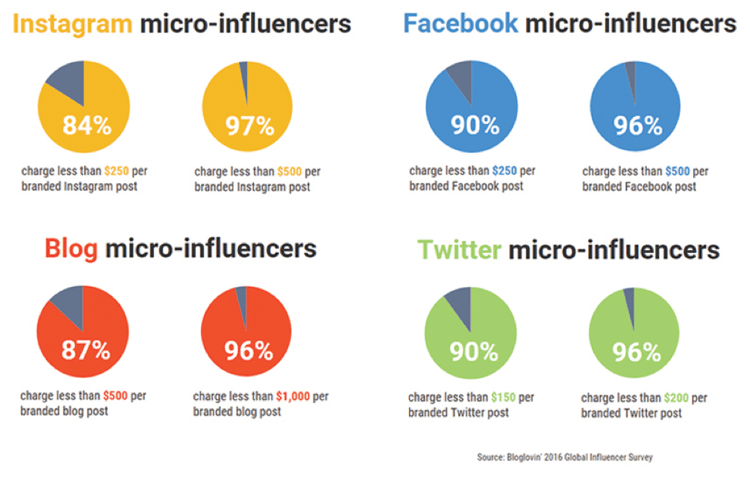
In many cases, smaller and more niche-focused micro-influencers can help you reach a specific target audience. So you’re paying less and you’re more likely to get a better ROI.
* * *
Micro-Influencers Add Authenticity To Your Brand
Micro-influencers are trusted in a given space. People listen to what they say, what they recommend. Follower count isn’t what matters here, but rather the quality of those followers. They have cultivated an audience that genuinely trusts them for advice.
And as with most things in marketing, quality often matters more than quantity.
Micro-influencers are unique in that they are the topic experts of pretty specific niches. For instance, in the healthy food space, Monique from Ambitious Kitchen is one of the most engaging micro-influencers around.
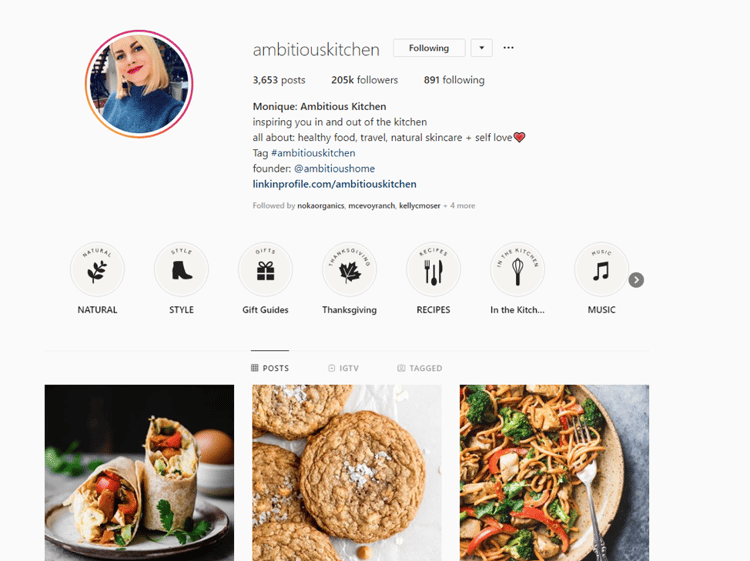
Notice that she has a fraction of Kim K’s follower count, and yet that doesn’t stop her from amassing thousands of likes and tons of comments on everything that she posts.
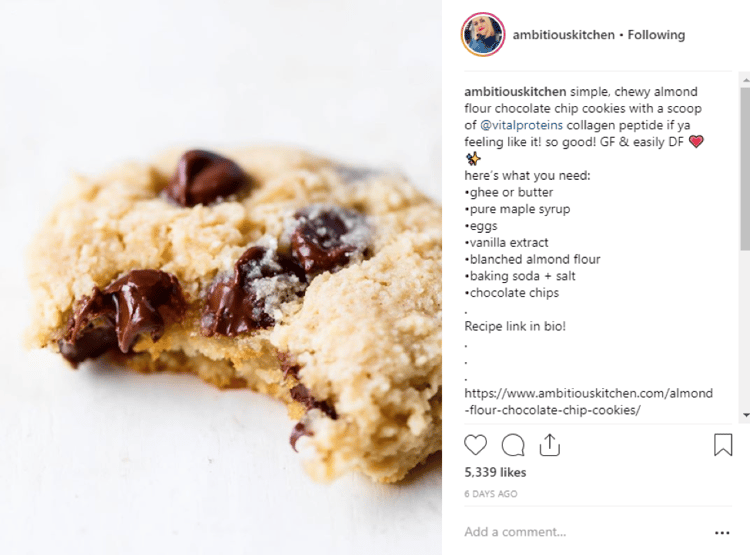
And she’s no stranger to promoting products and services that she enjoys or uses on a daily basis. The difference is that she was already a trusted source of healthy recipes, and she doesn’t blatantly push product for money.
This can be seen in her story posts, where she features products for brands:
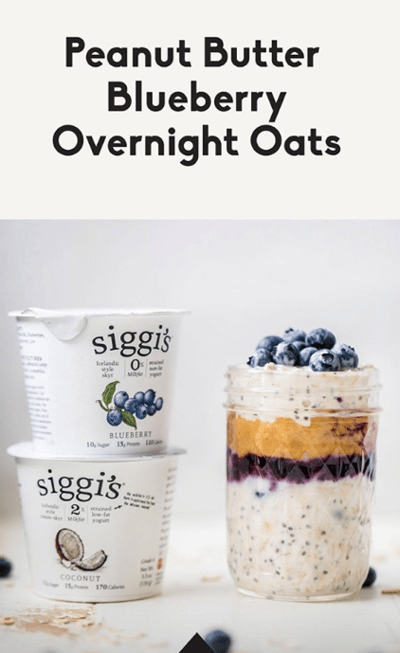
The lack of aggression in these posts is noteworthy. Most influencer posts are way too generic and stilted, very obviously copy-and-pasted from the brand rather than showcasing real-world uses like Monique does. In her case, without directly telling her followers to buy it, the promotion comes off as authentic and simply the best way to recreate her recipes.
By being trusted experts in their niche, micro-influencers like Monique become a highly trusted source of recommendations and lend a certain level of authenticity to the brands they spotlight.
Your brand is then perceived as adding real value to people’s lives, rather than just being blatantly hocked to the masses.
Monique helps people transform their health from poor to good and exciting. And promoting products in that space gives those brands the same awareness and positive image.
But be careful. Micro-influencer marketing is not without its downsides.
* * *
Micro-Influencer Pitfalls to Be Aware of
Micro-influencers might seem like your saving grace for your next big marketing campaign, but remember: there is no such thing as a silver bullet in marketing.
Finding the right micro-influencer is hard
Working with micro-influencers is tough because it’s hard to find the right one in the first place.
They need the perfect combination of:
- Followers: Too few and they won’t have an impact; too many and you are overpaying for a too-broad audience.
- Engagement: Not all audiences are created equal. Prioritize engagement over follower counts to save money and boost performance.
- Style/tone: Just because an influencer looks right doesn’t mean your product matches their style and tone. Micro-influencers are all about authenticity with their followers. And if they don’t actually use your product, their followers won’t either.
- Pricing: Micro-influencers aren’t always that cheap. The key is finding highly specific audiences that are small yet engaged to avoid big price tags.
Tracking return on investment is difficult
Unlike very specifically targeted campaigns with tracking links, the ROI on a micro-influencer campaign can be hard to calculate. Since most micro-influencer posts are casual mentions in recipes, social stories, etc., it’s harder to track engagement and clicks.
Typical influencer posts are obviously #sponsored. But with micro-influencers, the promotion of a product or brand is authentic because it is usually subtle. For instance, take this Instagram story post from Crossfit athlete Amanda Barnhart:
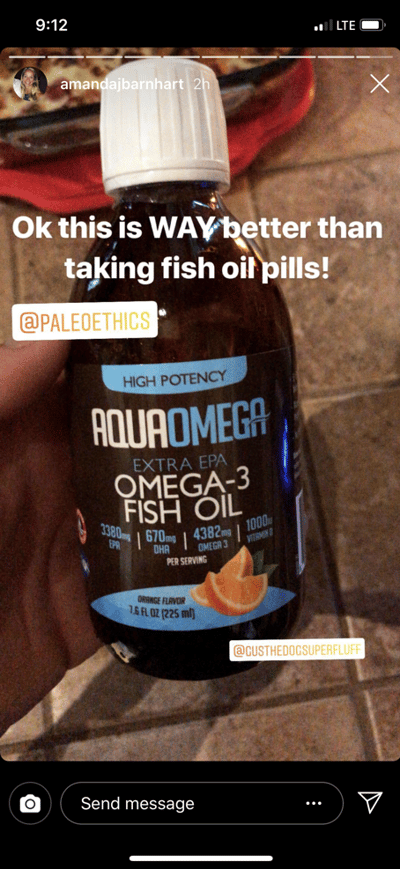
The post speaks to the plight of fish-oil users—a very specific set of people—and offers a good solution. But there isn’t a promo code or a link to a specific landing page with UTM parameters that will help the brand’s team track those referrals directly.
Before deciding to get on the micro-influencer wagon, consider your KPIs and how you plan to handle tracking.
For some brands, that can mean measuring brand lift and watching for an uptick in sales. For others, perhaps the goal is simply an increase in followers on the same platform.
Whatever your goals are, only time—and perhaps a bit of social listening—can really tell whether engaging a micro-influencer is ultimately worth it in the end.
* * *
What It All Means for Your Brand
Consumer behavior is shifting. It’s focusing more and more heavily on authentic brand experiences that people can related to, not one-off promotional junk.
The modern consumer wants value, a mission to connect with, and like-minded individuals to share those experiences with. That’s where micro-influencers come into play.
Micro-influencers offer the potential for your brand to connect with a niche audience on a personal level and build trust without costing your entire marketing budget. This subtle form of natural, native marketing can help you make more meaningful, lasting connections with audiences that you may not have been able to reach before through traditional means.
While it’s not all sunshine and roses, micro-influencers offer a unique marketing tactic beyond traditional advertising methods.
Are you currently working on brand authenticity and awareness? Do you have room in your marketing budget to connect with micro-influencers? Consider running a pilot campaign if you can find the right person to work with. It could make all the difference in how—and whether—those small but powerful pockets of customers ultimately view your brand.
.png?width=250&height=153&name=CSI-OverskiesRebrand_LOGO-01(smaller).png)

.png?width=100&height=61&name=CSI-OverskiesRebrand_LOGO-01(smaller).png)


.png?width=88&name=CSI-OverskiesRebrand_LOGO-01(smaller).png)



